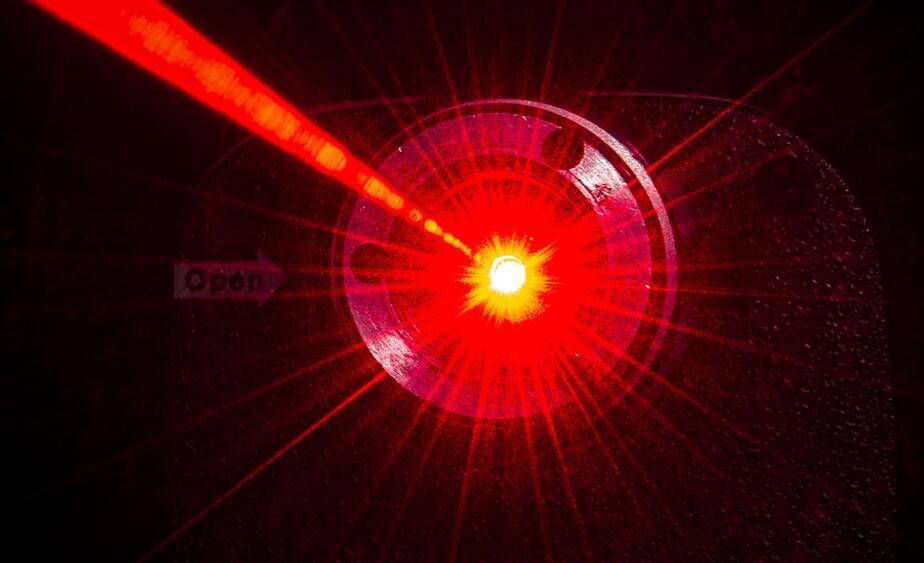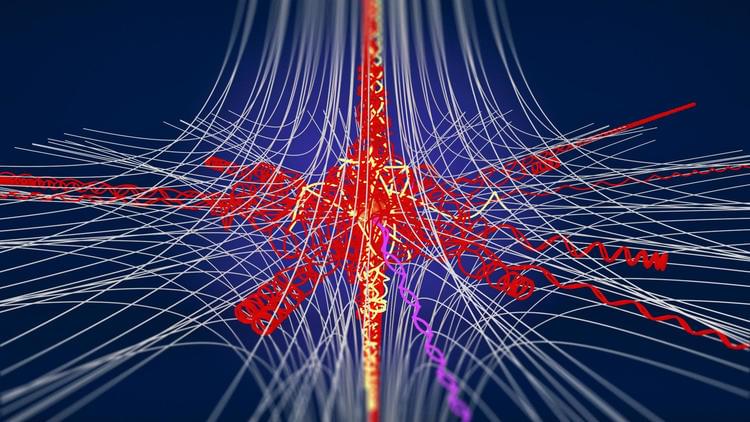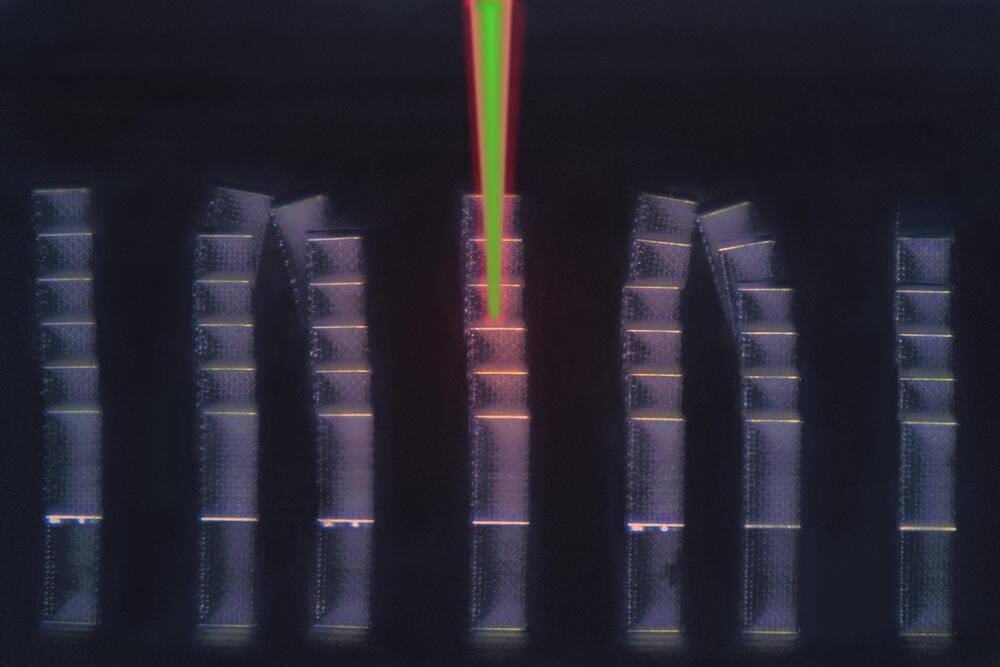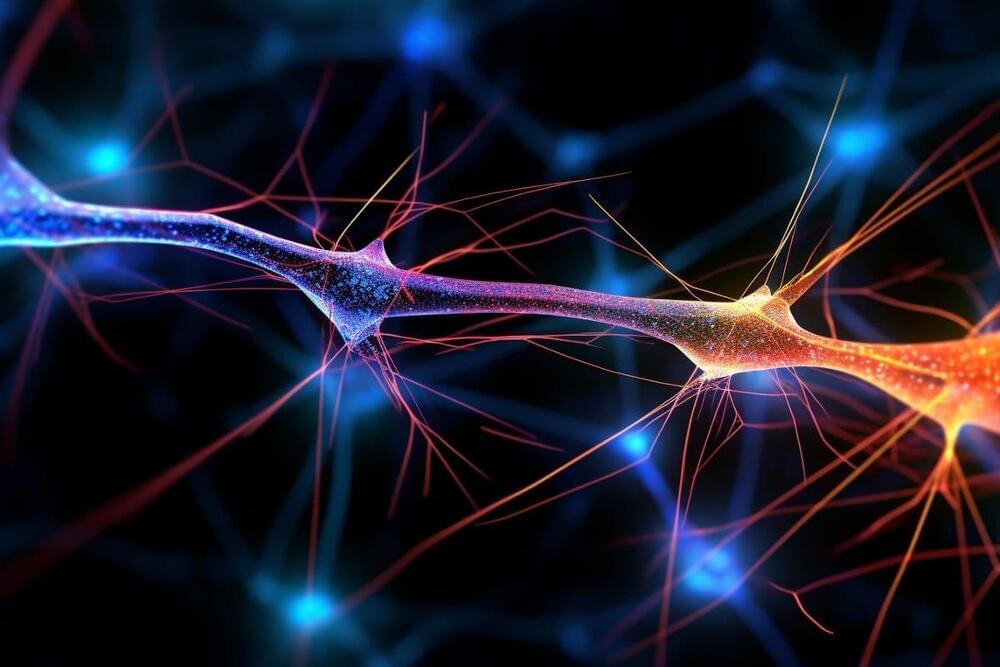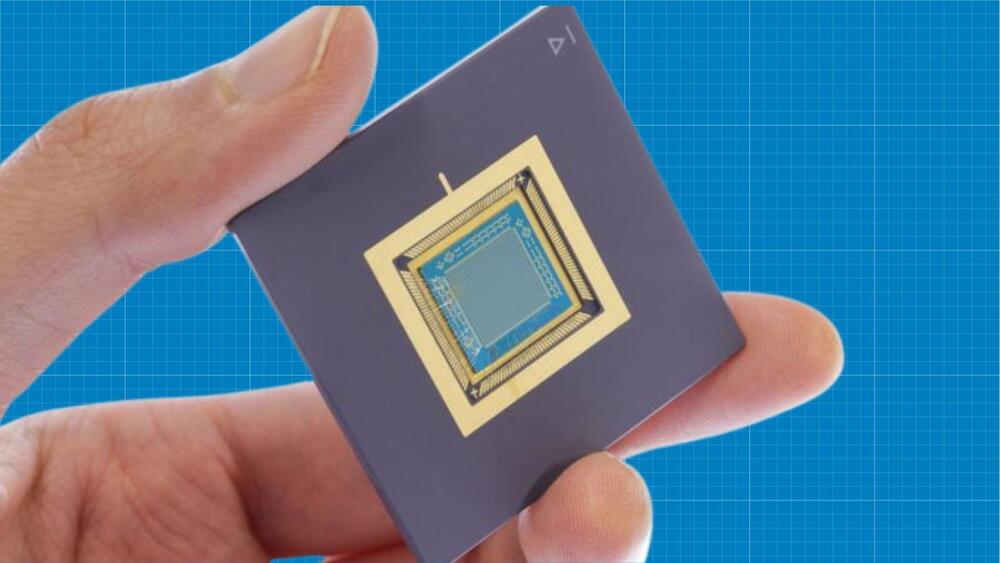Nov 19, 2023
Could Photosynthesis Blossom Into Quantum Computing Technology?
Posted by Dan Breeden in categories: biotech/medical, computing, information science, quantum physics
As we learned in middle school science classes, inside this common variety of greens—and most other plants—are intricate circuits of biological machinery that perform the task of converting sunlight into usable energy. Or photosynthesis. These processes keep plants alive. Boston University researchers have a vision for how they could also be harnessed into programmable units that would enable scientists to construct the first practical quantum computer.
A quantum computer would be able to perform calculations much faster than the classical computers that we use today. The laptop sitting on your desk is built on units that can represent 0 or 1, but never both or a combination of those states at the same time. While a classical computer can run only one analysis at a time, a quantum computer could run a billion or more versions of the same equation at the same time, increasing the ability of computers to better model extremely complex systems—like weather patterns or how cancer will spread through tissue—and speeding up how quickly huge datasets can be analyzed.
The idea of using photosynthetic molecules from, say, a spinach leaf to power quantum computing services might sound like science fiction. It’s not. It is “on the fringe of possibilities,” says David Coker, a College of Arts & Sciences professor of chemistry and a College of Engineering professor of materials science and engineering. Coker and collaborators at BU and Princeton University are using computer simulations and experiments to provide proof-of-concepts that photosynthetic circuits could unlock new technological capabilities. Their work is showing promising early results.


